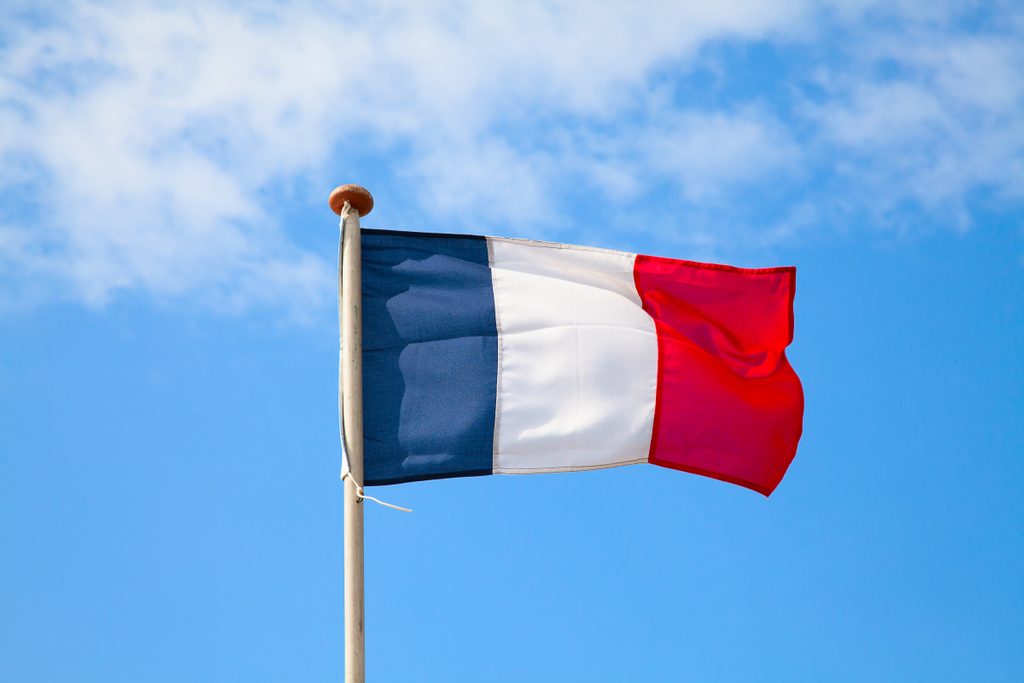What Is Bastille Day and Why Do We Celebrate It?
Updated: Oct. 27, 2022

In France, the storming of the Bastille changed the course of history, ushering in a new era and ending a long reign of royal tyranny.
Bastille Day: French Independence Day
Turns out, America isn’t the only one celebrating its independence in July! Celebrated each July 14—in France and Overseas France (the vestiges of the French empire), as well as by French expats and Francophiles around the world—Bastille Day is the day to uncork the champagne, tear open a baguette, and don a beret. In France and the former French empire, the holiday is commemorated with fireworks, street parties and dancing, and military parades. In places with large French populations or a history of cooperation with the French, it’s mainly an excuse for a party or some wacky public spectacle, like the “waiter’s race” tradition in Sacramento, California, where waiters try to attain their maximum speed while holding a fully loaded tray. Sacré bleu! But despite the similar spirit of revelry, the history of Bastille Day is very different than the history of the 4th of July.
What is Bastille Day?
In France, Bastille Day is known as la Fête Nationale, or le 14 juillet. Similar to the 4th of July, Bastille Day is seen as French Independence Day. It marks the storming of the Bastille prison in Paris, on July 14, 1789. That event was the beginning of the French Revolution, which would see the monarchy fall, and the deaths by guillotine of King Louis XVI and Marie Antoinette. Much like May Day, another holiday très important to the French, Bastille Day is about celebrating the rights and freedom of the people.
How did Bastille Day start?
America and France have a long relationship, which started during our own Revolutionary War. Motivated by a desire to diminish England’s power, Louis XVI helped fund the war chests of the American colonies. This spending was part of a callous pattern of extravagance by the royals, whose own subjects were starving, unemployed, and increasingly discontent.
France’s citizens were suffering. In desperation, a large mob of angry revolutionaries stormed the Bastille, a large, military prison in Paris that was surrounded by moats and 100-foot-high walls. In addition to prisoners, the Bastille contained vast amounts of much-coveted supplies, such as food and gunpowder. The Bastille was also a hated symbol of France’s monarchy. Its destruction signaled the beginning of the French Revolution, the end of Louis XVI’s reign, and the destruction of the monarchy in France.
RELATED: Things You Didn’t Know About Independence Day
How is Bastille Day celebrated today?
As France’s independence day, Bastille Day is a public holiday, marked by parties, parades, and jubilation in the streets. Magnificent fireworks displays can often be seen in the vicinity of the Eiffel Tower and near Montparnasse, between the 14th and 15th arrondissements. Place de la Bastille, a public park located where the Bastille once stood, fills with elaborately costumed dancers and revelers on the eve of Bastille Day each year, where they listen to live music and dance the night away. On July 14, a vast, well-attended military parade takes place near the Arc de Triomphe, the great arch in the west of Paris.
If you can’t get to Paris this July 14, you can enjoy Bastille Day festivities in many other locations around the world, including in Milwaukee, Wisconsin (where you can storm an Eiffel Tower replica); Sacramento, California (the aforementioned waiter’s race); and New Orleans, Louisiana (so. much. good. food.), which has a rich French heritage. If you’re not lucky enough to live near any of these places, you can just eat a basket full of pain au chocolat from your local bakery. Vive le 14 juillet!
RELATED: Ideas for the Best 4th of July Party
Sources:
- History.com: “Bastille Day”
- Sacramento Bastille Day
- EastTown.com: “Bastille Day”




